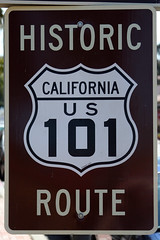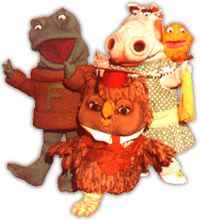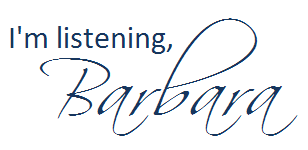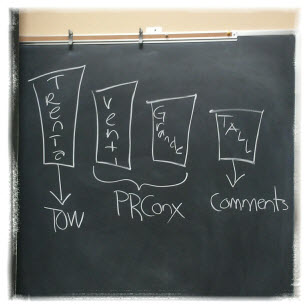
Students in most of my classes have blogging as a component of their grades. Many of them have rarely even read blogs, no less written one of their own. In this post, I am combining many posts I’ve previously written to help them get started in WordPress.
1
Review the slides in my “Getting Started in WordPress” presentation below. In this presentation, you’ll learn
- Blogging Do’s & No-No’s
- Signing Up for Your WordPress Account
- Setting Up Your Account
- Writing Posts & Pages
- How to Display Your Blog Comments (that you write on others’ blogs)
2
Watch some of the many FAQ screencasts provided by WordPress to help you with the step-by-step instructions. (Though some of the videos are for previous versions of WordPress, most of the functionality remains the same.) Here are a few of the best ones to help you get started on the right foot:
- What should I do first?
- General settings
- Where’s my dashboard (and what’s it for)?
- Writing & publishing your posts
- Adding an About Me page
- Choosing and applying a theme (look and feel of your blog)
- Displaying your blog’s Categories (using the Category widget)
- and dozens more
3
Read the blogging tips I’ve provided in various posts here at Public Relations Matters.
- 10 Blogging Tips That Will Change Your Life (or Grade, at least): This post was featured at Ragan’s PR Daily and is the most often viewed post on my blog.
- 11 Tips for New Bloggers, from New Bloggers
- 3-5-3 :: Blog Feedback for #PRCA2330 and #PRCA3330 (written for my students this past summer; the links in the post may take you to pages I wrote for other classes, but the content of the post is valuable)
4
And though you may have a good handle on the technical aspects of blogging, remember that the technical side is only part of the blogging equation. Corinne Weisgerber, a professor at St. Edward’s University and fellow PROpenMic member, created this presentation for her Social Media for PR class. The emphasis? How blogging can help you create your personal brand online. Take a look. It’s worth the time.
5
Remember to let me know your blog address by completing this Google Form. If I can’t find your blog, I can’t grade it. Hint, hint.











